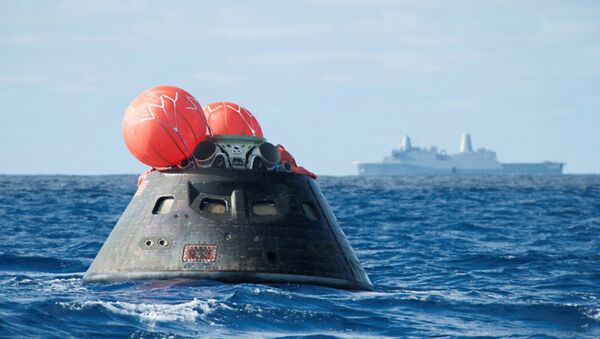"Orion shall be able to dock with the other space craft while being launched into outer space. We have discussed it last week, among others, at a meeting with the Lockheed Martin and Boeing in the US," the Energia President Vladimir Solntsev told the newspaper.
The companies have signed a number of agreements on future cooperation following the recent meetings. Solntsev added that the US partners have expressed interest in joint programs to explore outer space.
The new US spacecraft is intended to carry a crew of up to four astronauts to destinations at or beyond Low Earth Orbit. Ultimately it is intended to facilitate human exploration of asteroids and Mars.
NASA launched the first test flight of the spacecraft in December 2014, with crewed missions possibly following in the early 2020s.
Some analysts cast doubt on the project, fearing that rising costs are likely to derail the plans.



